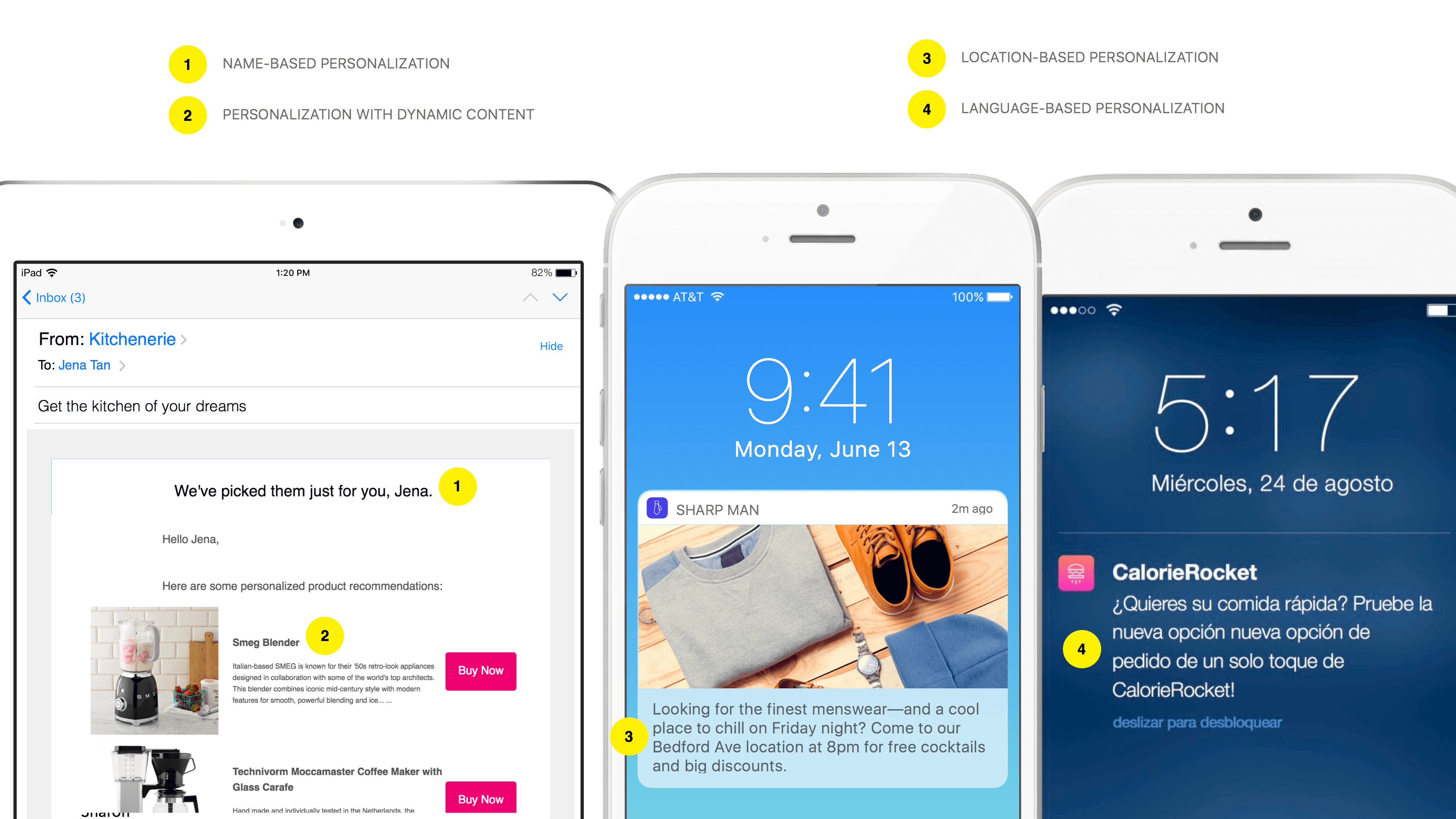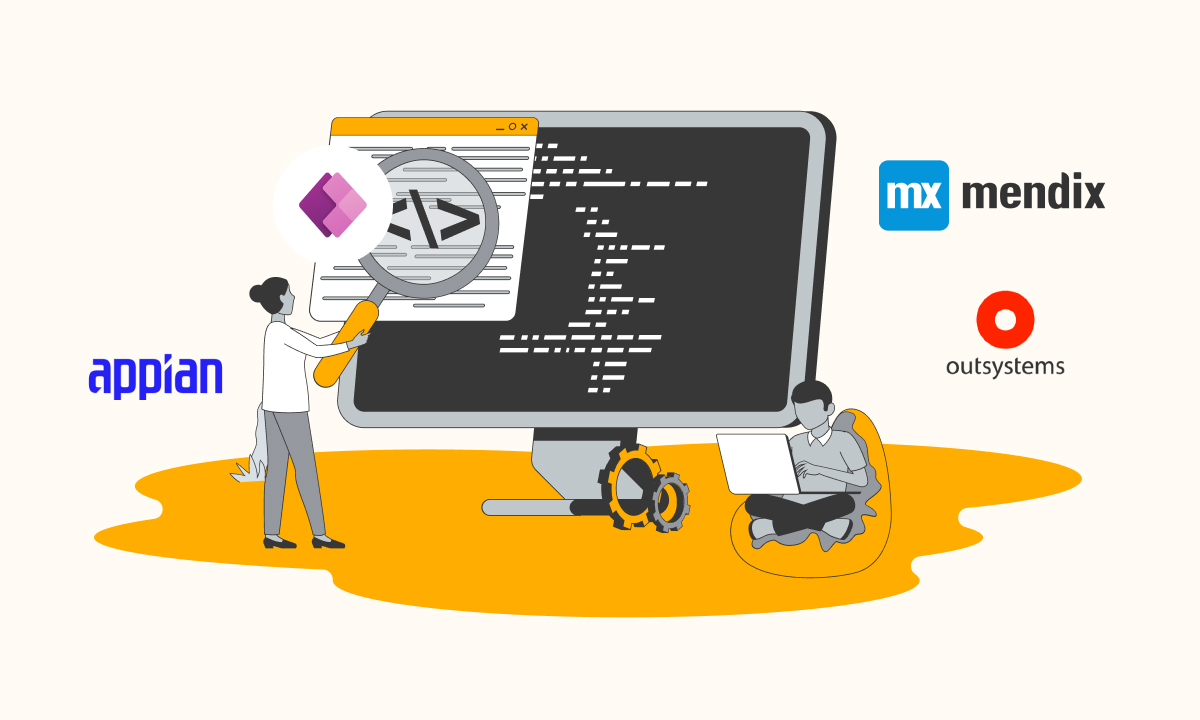Today, every business wants to create new users and retain the older ones with their mobile applications. To achieve this goal, the businesses must be fulfilling the needs of their potential customers or their target people. This is the reason why mobile applications should focus on providing discretion and interpretation of the business and the thought process that you want to place in front of your users.
Why does a download and install a mobile application that is dedicated to a purpose when almost everything is available in the Google search?
This is a classic form of data collection that has now been transformed into sincere mobile applications that are dedicated to the particular needs of users and that simultaneously emphasize a better understanding of the minds of users.
From machine learning to artificial intelligence, this struggle to make smart mobile applications has reached extremes.
However, it is strange that mobile application developers act as arbiters of mobile technology. While it may sound like a key, but artificial intelligence and, more appropriately, machine learning has an advantage in converting mobile applications into gold mines for users of applications recently.
The use of Machine learning & Artificial intelligence technologies has charged up the evolution, creation, and usage of mobile applications.
Although once the users had to spend several minutes to wait for a customer support partner to be online, the evolution of the virtual assistants has canceled them without hesitation, without exceptions.
In this blog, we will discuss how ML and AI have revamped the mobile app development scenario these days. Before this, must consider some major concepts involved in this that are mentioned below:

-> Artificial Intelligence: It makes a computer work as human beings do. It facilitates tasks that normally require human interaction such as voice recognition, visual perception, decision making and translation between languages.
-> Machine learning: It involves educating computer systems to recognize patterns in the way human brains understand them.
-> Deep learning: It can be understood as a way to make neurons understand how to solve a particular programming problem.
-> Neural network: It involves the interconnection of several networks or nodes or artificial neurons. The output of a neuron acts as an input to the next neuron in the network.
-> Logistic regression involves modeling a binomial result with one or more explanatory variables.
-> Linear regression implies a linear relationship between individual input variables.
Now, let’s have a sneak-peak into how machine learning & artificial intelligence has innovated and eventually transformed mobile application development:
1) Trend Forecasting

AI filters enabled in smartphone applications help forecast the weather. Fun filters help to animate photos in the image gallery, detect the customer’s face, locate facial features and add filters, etc.
Some other important features of ML include evaluating real estate, offering customers a virtual tour, informing them of various configurations with augmented reality and making relevant purchasing decisions.
2) Security/ Fast authentication

Facial and fingerprint sensors enabled with AI functions to help determine the essential security functions within applications. These measures may include the recognition of images, the estimation of shipping costs, the automation of product labeling, portfolio management, logistics optimization, and commercial intelligence. Example of an application that implements these: Start of zoom session, BioID, etc.
3) Predicting User Behavior

ML even helps marketers understand the preferences of the users and the purchase patterns in the application. Then they are asked for a recommendation based on their search behavior, purchase history, and last-minute purchases. These recommendations are based on your age, gender, location, search requests and frequency of use of the application, etc. For example Youboox, JJ Foodservice, Qloo
4) Advanced searching

From the optimization of the search in the application to provide clear and relevant results that are contextual and intuitive, customers can stay connected and interested in the application for longer. The cognitive approach helps to group articles, scripts, documents, frequently asked questions, videos and graphics to provide intelligent and immediate answers to searches.
5) Personalization

Machine learning can help identify users and group them according to their needs from mobile applications. It can be useful to gather information and make a decision about what the application looks like. ML can be useful to determine:
What are your requirements?
Who is the target audience?
What can they pay?
Is there a particular point that mobile applications need to solve?
Structuring clients and finding the right approach to meet their needs, by providing relevant content in the application makes the application attractive to the user and gives the impression of communicating with the user in real time. Examples: Taco Bell, Uber, UberEats, Impromed, Migraine Buddy, Optimize Fitness.
Conclusion:
Machine learning and artificial intelligence essentially empower the mobile application with enough customization features to make it more useful, efficient and effective. These technologies in accordance with the latest style are fast and safe.
So it is a good idea to employ these technologies for your next mobile app development project. It is one of those defined limits that differentiate your application from that of your competitors.
Now if you are looking digital transformation services with the necessary impulse of AI and ML for your business and make it jump. Contact us, and our dedicated mobile app developers will be attentive to help you.
At ValueCoders(a leading software development company), we have a large and efficient mobile team, so you can hire AI and ML app developers who have successfully delivered more than 500 apps across 20+ countries and continue to cater to the needs of upcoming clients. You can Contact Us for your AI and ML mobile app development projects.












